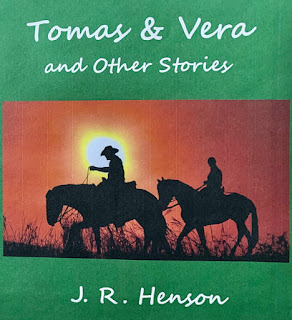During this time he gathered historical materials to share with the Department, but "when Chief Mike O'Brien came in, I was asked what Chief number he was. Nobody knew. The small pamphlet ballooned into a much larger project" taking six years to complete.
The resulting book pulls together tales and tidbits, from newspaper accounts and official records, chronicling "The Chico Police Department: The First One Hundred Years" ($45 in paperback, self-published, available on Amazon). It is simply essential for Chico history buffs.
Each chronological chapter contains dozens, if not hundreds, of entries, showing over time the changing, and sometimes fraught, relationship the Department had with Chico, its citizens, and the press. "As the son of a newspaperman and a 'lawman' myself," Dimmitt writes, "I understand the delicate balance between the need to get the story and the desire to get the story right."
He adds that "I have done little to shade the past with the filter of modern-day political correctness.... Many of the stories contained herein are funny. Several are deeply tragic.... Unless you have worn the badge and lived that life, it is difficult to ever truly know the Chico where these officers live. Perhaps these stories will help provide a window into that world."
"The first Marshal in the Town of Chico," Dimmitt writes, "was appointed on 18 March, 1872" a month after Chico's incorporation. The need was great; there were a lot of saloons downtown and, as Michele Shover notes, "drunken brawls were common." Transients caused trouble and some were sentenced to chain gangs.
Marshal James O. Weed was joined by the town's first two police officers, Benjamin True and W.A. Taylor. Today, so many years later, "Weed" is still an issue, the Department endeavors to remain "True" to its calling and to "Taylor" its responses to the City's needs.



